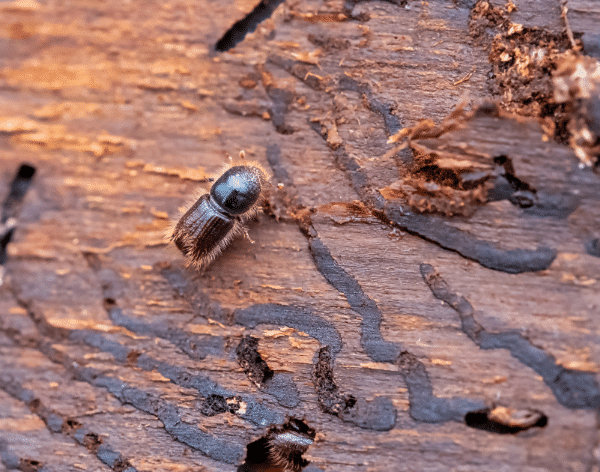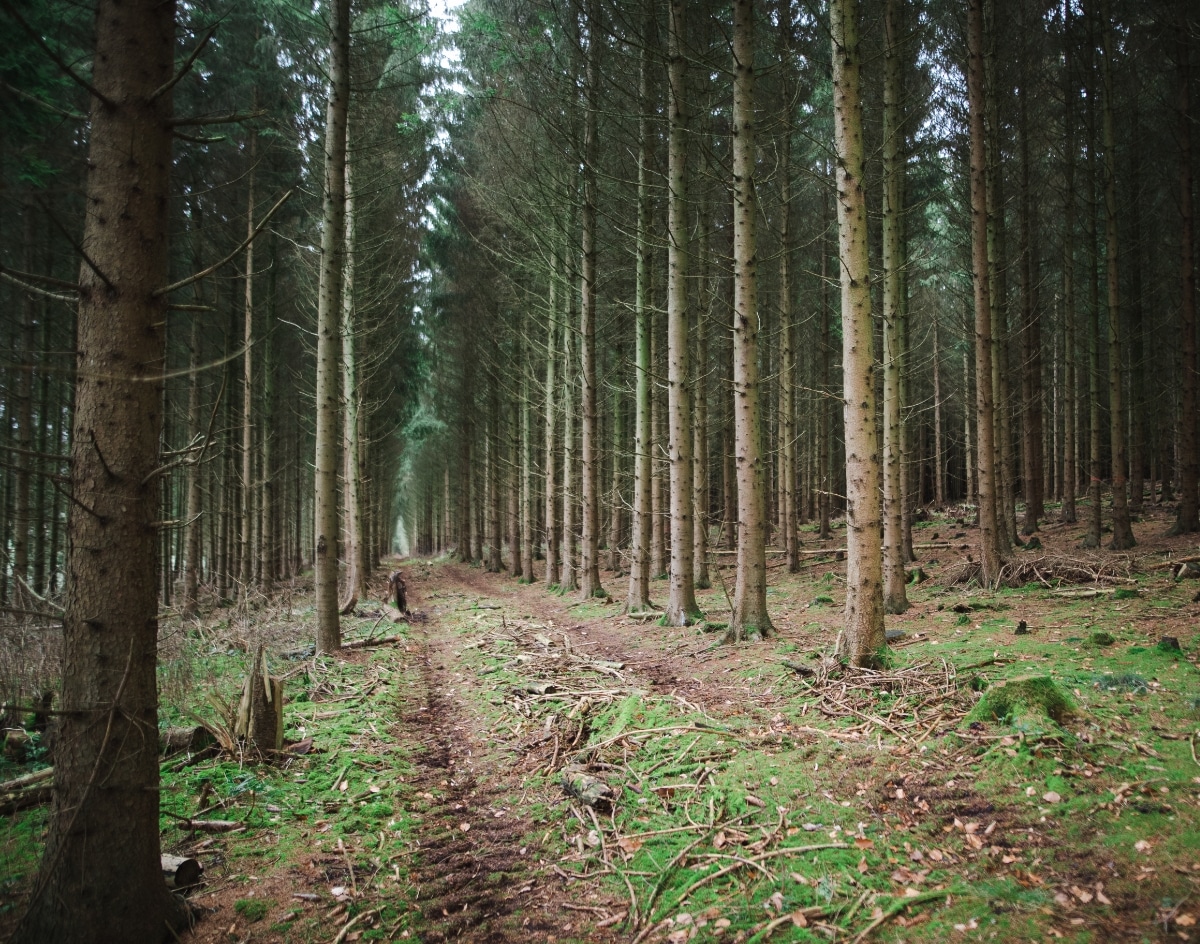The German Wood Industry:
Opportunities and challenges in global competitions
The German wood industry is one of the most modern and productive in the world but faces significant challenges in international competition.
At the recent 74th Annual Conference of the German Forestry Council, Wolfgang Beck, VP Global Wood Sourcing at Mercer International, emphasized the importance of reliable political conditions for investment decisions.
“Companies in capital-intensive sectors, in particular, need stability to make investments. These investments are long-term decisions that go beyond political legislative periods,” said Wolfgang Beck. He emphasized the positive experience that both local and federal governments are supportive in overcoming economic challenges.
According to Science.com, more than 300,000 hectares of Germany’s trees have died since 2018, due to bark beetles and drought fuelled by a warming climate. It should also be noted that epidemics of bark beetle are triggered by unexpected climate events.

How bark beetles
devastate trees
Primarily, the issue is that the bark beetle’s (or in German, Borkenkäfer) work is initially invisible—that is, it starts deep within the trunk or branch. Trees initially react by releasing pitch as their natural defence against bark beetle’s attack. This may be anywhere along the trunk or branch and often higher up than an adult’s eye level. White pitch means the beetle was successfully repelled by the tree. Reddish brown pitch indicates the success of the beetle—and this colour is easily camouflaged amongst the forest floor. The majority of trees in German forests are spruce, which is particularly susceptible to the bark beetle.
Often detection occurs only when the beetles’ activities have punctured the bark in a myriad of small holes and piles of frass surround the ground. And by then, it has likely spread through the entire tree as well as to neighbouring trees. These beetles reduce the insides of trunks and branches to fragile flakes, barely held together by bark.
By this stage, large parts of trees no longer become viable for wood. The only way to curtail this problem is to remove the trees as soon as infestation is discovered. The issue of eradicating the pest is made harder when science experts warn any woody remnant left on the forest floor has the potential to have bark beetle eggs within (bark beetles get their name because they reproduce inside the bark of the trees).
Unless trees are regularly monitored to detect bark beetle activity, any chemical spray application made after beetles have penetrated the bark is likely to be too late and ineffective. Chemical sprays have to be specific for bark beetles and are costly, in addition, regulation is also stringent regarding application.
Combating the bark beetle infestation is a very costly, time-consuming and continual exercise.
Forests: Sustaining life
on land for all
Mercer’s initiative in supporting German forest owners in nurturing the health and vitality of forests with the Growing Forests—Growing a Future programme shines a light on the importance of a thriving forest.
There are many benefits to forests around the globe and their importance cannot be understated. Apart from the beautiful visual impact of deciduous woods and forests in Europe, particularly in Germany throughout the seasons, here are just a few other benefits of forests:

Carbon capture
Trees capture carbon during their lifetime. Forests are ‘carbon sinks’. The process of coniferous trees from seedling to maturity ready for harvesting takes up to 80 years. This means carbon can be captured for 80 years. New research has shown that forests can absorb twice as much carbon as it emits.
Enhancing biodiversity
As climate change rocks the balance of forests everywhere, species of indigenous trees succumb to disease, rot, beetle infestation and undue heat and cold temperature changes. The programme aims to plant various tree species into the German forest area, which has been predominantly spruce, beech, oak and fir, as mixed forests show better resilience against pests.
Watersheds
Forests are natural watersheds which lead to tributaries, which then lead on to dams, rivers and lakes, which support a large ecosystem of freshwater fish. Thriving forests are an essential part to providing communities with valuable fresh water for household use.
Human activity
More than 1.1 million people are employed in forestry and timber sector. There are also those that depend on the forests for their income: foragers, hunters, freshwater fishermen etc. The populations of developed nations also depend on biodiversity for their survival and quality of life. Close to 40% of pharmaceuticals are either based on, or synthesized from, natural compounds found in plants, animals or microorganisms.
Recreation and rest
The Germans view the forests in Germany as shared property. They have immense pride in their forests. It is a popular source of recreation and rest for the population of Germans. Their right to wander the woods is protected by law and many forests are open to the public, with trails, ponds, seats and lookout posts built. The German forests are enjoyed by many: runners, walkers, fungi-lovers, photographers, school groups, scientists and weekenders.
Animal biodiversity
Forests are the most diverse ecosystems on land, because they hold the vast majority of the world’s terrestrial species. There are four layers in the forest. The uppermost layer, the tree layer supports birdlife and small mammals (squirrels). The shrub layer (up to 5 metres) is the layer richest with fruit (such as rowan berries, sloes, raspberries). Many shrubs have thorns, which protect the birds from animals of prey. As shrubs can reach heights of up to 1.5 metres they also protect deer from bad weather and animals of prey. The herbaceous layer mainly supports insects and small ground-living mammals. Mosses, lichens, mushrooms and foliage cover the ground of the forest, supporting insects, spiders, reptiles, mammals such as mice and hedgehogs.
Soil Integrity
In forest conditions, surface runoff and soil erosion are generally low because of the surface litter cover. German forests are mainly deciduous and coniferous, both of which cover the ground with a thick layer of decaying foliage. Erosion generally decreases productivity of forests by decreasing the available soil water for forest growth and through loss of nutrients in eroded sediment. The ground is also a valuable habitat for burrowing animals and invertebrate animals/insects. Many of these creatures are solely forest-dwellers.
